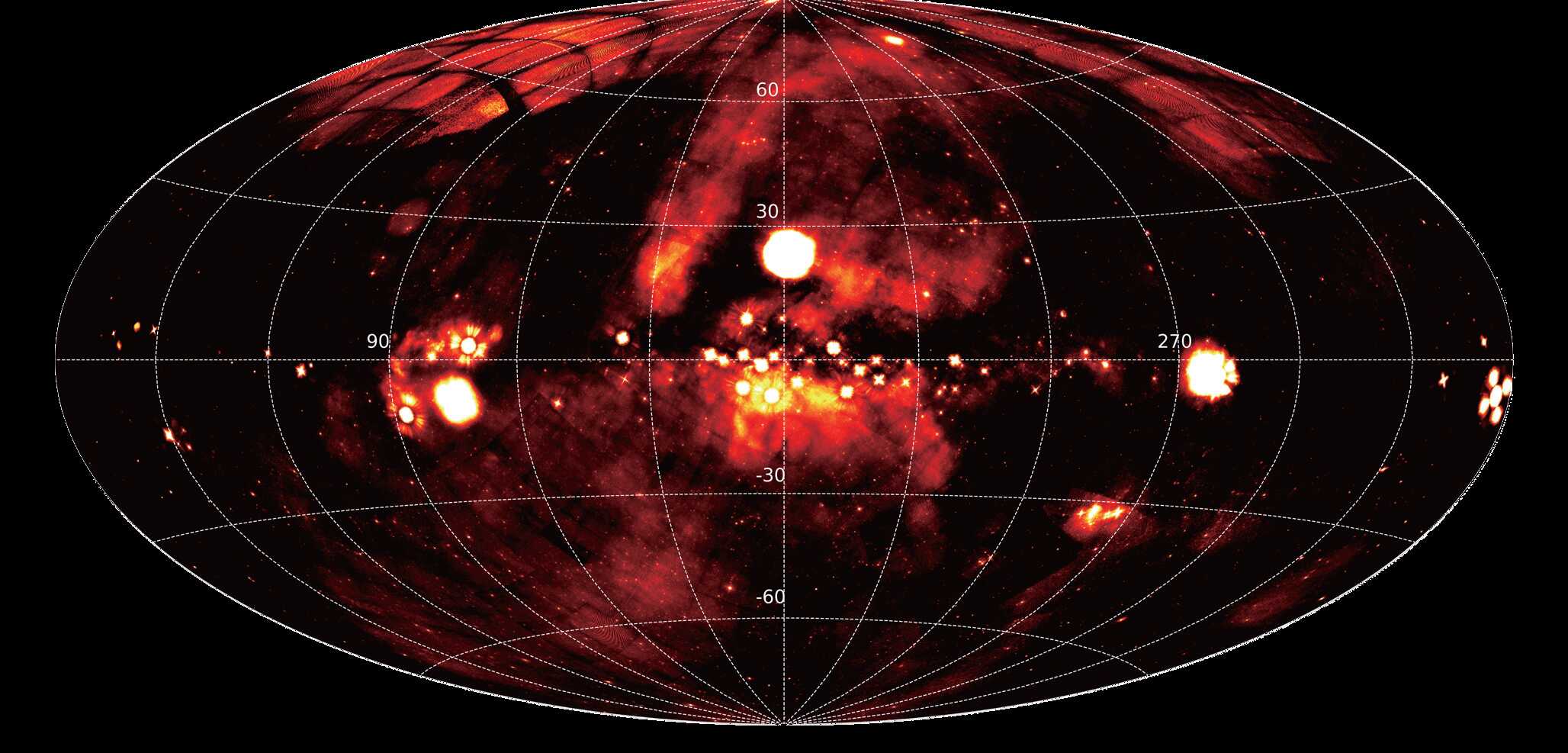Einstein Probe's Orbital Handover Ceremony and Initial Scientific Findings Unveiled in Beijing
On 31 October, the handover ceremony of the Einstein Probe (EP) satellite mission and the release of the first results were held at the National Space Science Center (NSSC) of the Chinese Academy of Sciences. During the event, the relevant authorities signed the In-Orbit Delivery Certificate and the Power of Attorney, officially handing over the satellite to the scientific users delegated by the National Astronomical Observatory, Chinese Academy of Sciences (NAOC).

the first X-ray all-sky map obtained by China's Einstein Probe satellite
During the commissioning phase of the EP satellite, its performance exceeded the expectations set out in the design specifications. The satellite has identified a number of different transient events, including an unusual and hitherto unobserved transient phenomenon. This has the potential to enhance our understanding of the universe and the extreme physical processes that occur within it.
On 8 April, EP detected a transient event, designated EP240408a, which resulted in the observation of a violent X-ray flare. This flare exhibited a brightness increase of 300 times the original level and a duration of only 12 seconds. Approximately ten days later, the X-ray emissions from this source ceased.
This uncommon phenomenon, along with its other peculiar radiation properties, did not conform to the previously known types of transients, indicating that it may represent an unknown class of transient sources, said Dr. Yuan Weimin, the PI (Principal Investigator) of EP and a researcher of NOAC.
The satellite has been designated "Tianguan," a name that commemorates the observation and documentation of the well-known supernova SN1054 by the ancient Chinese in 1054 A.D.


